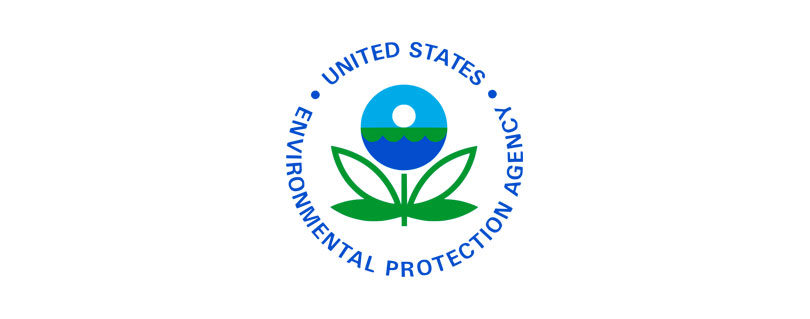EPA announces Bipartisan Infrastructure Law funds for cleanup at Post & Lumber Preserving Co. Inc. Superfund site in Quincy, Fla.
Publilshed by the U.S. Environmental Protection Agency (EPA)
TALLAHASSEE, Fla. — The U.S. Environmental Protection Agency announced a third and final wave of more than $1 billion for cleanup projects at more than 100 Superfund sites across the country as part of President Biden’s Investing in America agenda. This funding is made possible by the President’s Bipartisan Infrastructure Law and will launch new cleanup projects at 25 Superfund sites, including the Post & Lumber Preserving Co. Inc. Superfund site in Quincy, Fla.
“After three rounds of investments, EPA is delivering on President Biden’s full promise to invest in cleaning up America’s most contaminated Superfund sites,” said EPA Deputy Administrator Janet McCabe. “This final round of Bipartisan Infrastructure Law funding has made it possible for EPA to initiate clean ups at every single Superfund site where construction work is ready to begin. This is an incredible milestone in our efforts to clean up and protect communities, deliver local jobs, enhance economic activity, and improve people’s lives for years to come.”
“With this historic funding EPA will be able to reduce ongoing impacts to the area and accelerate cleanup of the site,” said Acting EPA Region 4 Administrator, Jeaneanne Gettle. “We are working to clean up enduring pollution, advance environmental justice, and invest in the revitalization of communities.”
“We are extremely pleased with the allocation of President Biden’s Superfund program to remediate the Post and Lumber site,” said Quincy Mayor Frieda Bass-Prieto. “The reclamation of this primarily undeveloped land with ensure our citizens and visitors will have access to a beautiful land in its natural state without fear of contamination.”
Thanks to the Bipartisan Infrastructure Law funding announced today, the Post & Lumber Preserving Co Inc Superfund site in Quincy, Fla., received funds for the completion of cleanup work at this property by consolidating all contaminated soils onsite and placed under a regulated cover system with a barrier wall as treating contaminated water ensuring that nearby residents are protected from any health impacts from the site.
Thousands of contaminated sites exist nationally due to hazardous waste being dumped, left out in the open, or otherwise improperly managed. These sites can include toxic chemicals from manufacturing facilities, processing plants, landfills and mining, and can harm the health and well-being of local communities in urban and rural areas.
Today’s investment is the final wave of funding from the $3.5 billion allocated for Superfund cleanup work in the President’s Bipartisan Infrastructure Law. So far, EPA has deployed more than $2 billion for cleanup activities at more than 150 Superfund National Priorities List sites. Thanks President Biden’s commitment to addressing legacy pollution and improving public health, EPA has been able to provide as much funding for cleanup work in the past two years as it did in the previous five years while delivering on President Biden’s Justice40 Initiative, which set a goal to deliver 40% of the overall benefits of certain federal investments to disadvantaged communities that are marginalized by underinvestment and overburdened by pollution.
EPA is committed to continuing to carry out this work advancing environmental justice and incorporating equity considerations into all aspects of the Superfund cleanup process. More than one in four Black and Hispanic Americans live within three miles of a Superfund site. These investments are restoring the health and economic vitality of communities that have been exposed to pervasive legacy pollution. Thus far, nearly 80% of the funding from the Bipartisan Infrastructure Law has gone to sites in communities with potential environmental justice concerns. Out of the 25 sites to receive funding for new cleanup projects, more than 75% are in communities with potential environmental justice concerns based on data from EJSCREEN.
The historic investment made by the Bipartisan Infrastructure Law strengthens every part of the Superfund program, making a dramatic difference in EPA’s ability to tackle threats to human health and the environment. In addition to funding cleanup construction work, the investment is enabling EPA to increase funding for and accelerate essential work needed to prepare sites for construction and to ensure communities are meaningfully involved in the cleanup process. In 2023, EPA continued to fund Superfund pre-construction activities such as remedial investigations, feasibility studies, remedial designs, and community involvement at double pre-Bipartisan Infrastructure Law levels.
In 1980, Congress passed the Comprehensive Environmental Response, Compensation and Liability Act (CERLCA), known as Superfund. The law gave EPA the authority and funds to hold polluters accountable for cleaning up the most contaminated sites across the country. When no viable responsible party is found or cannot afford the cleanup, EPA steps in to address risks to human health and the environment using funds appropriated by Congress, like the funding provided by the Bipartisan Infrastructure Law.
To see a list of the 25 sites to receive funding for new cleanup projects, visit EPA’s Superfund webpage.
To see highlights from the first two years of Bipartisan Infrastructure Law funding at Superfund sites, visit EPA’s Cleaning Up Superfund Sites: Highlights of Bipartisan Infrastructure Law Funding website.
For more information about EPA’s Superfund program, visit EPA’s Superfund website.
Read the full article at: https://www.epa.gov/newsreleases/epa-announces-bipartisan-infrastructure-law-funds-cleanup-post-lumber-preserving-co




